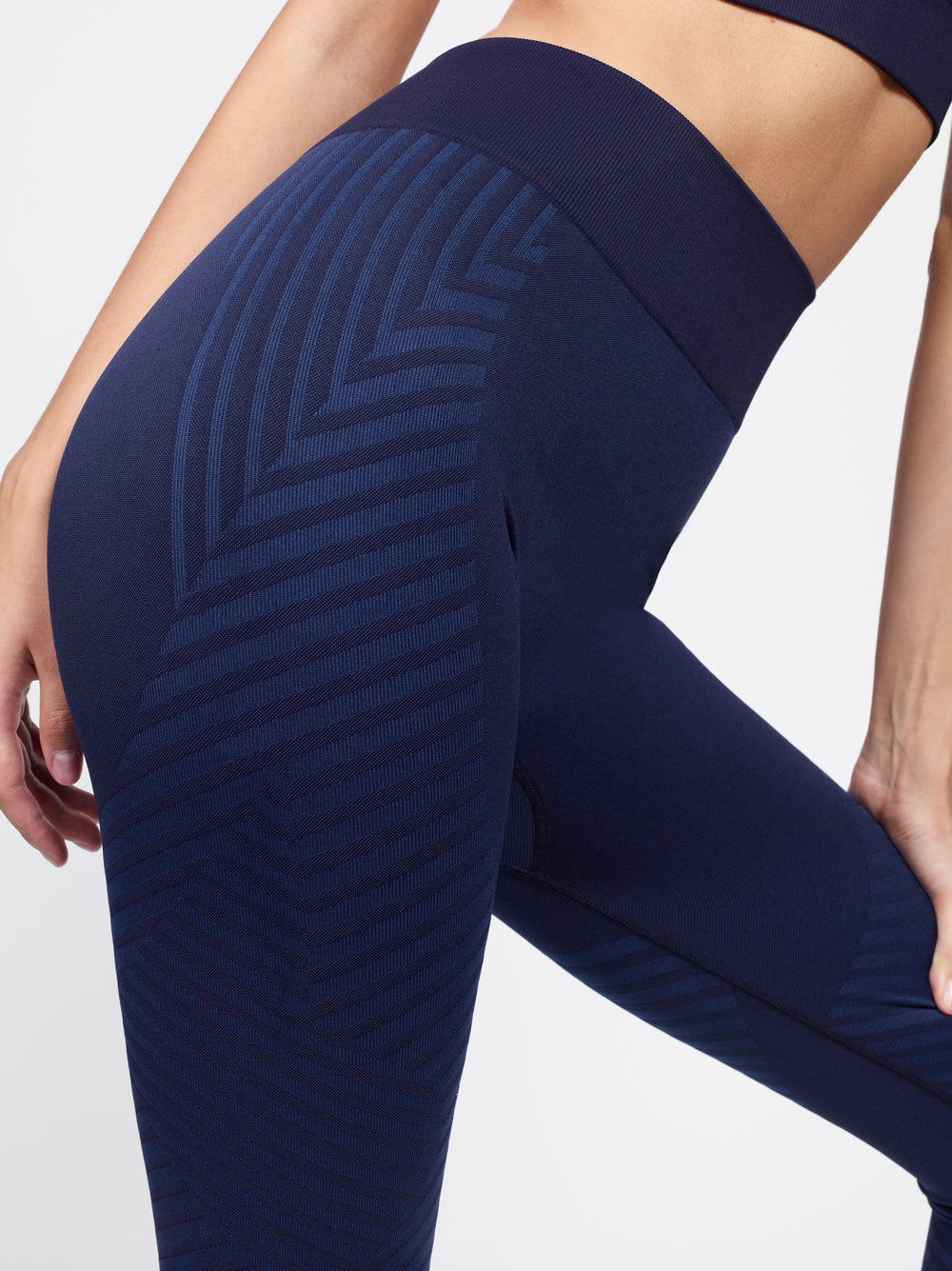
The Significance of Warrior II Warrior II is named after Virabhadra, a fierce warrior in Hindu mythology created by Lord Shiva in a fit of rage. This pose symbolizes the warrior's strength, courage, and readiness to face challenges head-on. Practicing Warrior II encourages you to tap into your inner warrior, cultivating qualities of determination, focus, and resilience both on and off the yoga mat. Physical Benefits of Warrior II Warrior II offers a range of physical benefits: 1. **Strengthening:** This pose strengthens the legs, particularly the quadriceps, hamstrings, and calves. It also engages the muscles of the core, helping to improve stability and posture. 2. **Flexibility:** Warrior II opens up the hips and groins, enhancing flexibility in these areas. It also stretches the chest, shoulders, and neck. 3. **Balance and Stability:** While in Warrior II, you must maintain balance and stability, which can improve your overall sense of coordination. 4. **Improved Circulation:** The extended arms and open chest in this pose can facilitate better circulation, helping to alleviate symptoms of poor circulation or fatigue. **Mental and Emotional Benefits of Warrior II** In addition to its physical advantages, Warrior II offers mental and emotional benefits: 1. **Focused Awareness:** Holding the pose requires concentration and focused awareness. This can help calm the mind and reduce mental chatter, promoting a sense of presence. 2. **Confidence:** Embodying the posture of a warrior can boost self-confidence and a sense of empowerment, fostering a positive mindset. 3. **Release of Tension:** Warrior II can release tension stored in the shoulders, neck, and upper back, promoting relaxation and stress relief. Proper Alignment in Warrior II To perform Warrior II with precision and safety, follow these steps: 1. **Start in Tadasana (Mountain Pose):** Begin by standing tall at the top of your mat with your feet together and your arms at your sides. 2. **Step Back:** Take a large step back with your right foot, approximately three to four feet behind you, ensuring your feet are aligned heel to heel. 3. **Alignment of the Feet:** Turn your right foot out to a 90-degree angle, so it's parallel to the back edge of your mat. Your left foot should be pointing forward, aligning with the front edge of the mat. 4. **Alignment of the Hips:** Square your hips to the front of the mat. Imagine your pelvis as a square plate that you're trying to turn to face forward. 5. **Bend Your Left Knee:** As you exhale, bend your left knee, ensuring it aligns directly over your left ankle. Aim to create a right angle with your left leg, with your thigh parallel to the floor. Keep the knee pointing in the same direction as the toes. 6. **Arms Outstretched:** Extend your arms out to the sides, parallel to the ground, with your palms facing down. Keep your shoulders relaxed, away from your ears. 7. **Gaze Forward:** Turn your head to face forward and direct your gaze over your left fingertips. Maintain a soft and focused gaze. 8. **Engage Your Core:** Activate your core muscles by drawing your navel in towards your spine. This will help support your lower back. 9. **Relax Your Shoulders:** Ensure your shoulders are relaxed, and your chest is open. Avoid hunching or tensing your upper body. 10. **Strong Foundation:** Press firmly into the outer edge of your right foot and the inner edge of your left foot to create a strong foundation. 11. **Breathe:** Maintain steady and controlled breathing. Inhale deeply and exhale slowly as you hold the pose. Variations and Modifications Warrior II can be modified or deepened based on your level of experience and flexibility. Here are some variations: 1. **Reverse Warrior:** In this variation, flip your left palm upward and extend your left arm overhead while keeping your right hand on your right thigh. 2. **Extended Side Angle Pose:** From Warrior II, place your left elbow on your left thigh and extend your right arm over your head, creating a diagonal line from your right heel to your fingertips. 3. **Peaceful Warrior:** Similar to Reverse Warrior, but you can gently arch your upper back, stretching the left side of your body. 4. **Warrior I:** In Warrior I, the back foot is turned inward at a 45-degree angle, and both hips face forward. This variation can deepen the stretch on the front leg. Common Mistakes to Avoid When practicing Warrior II, watch out for these common mistakes: 1. **Overarching the Lower Back:** Keep your lower back long and avoid overarching it. Engage your core to maintain a neutral spine. 2. **Front Knee Alignment:** Ensure that your front knee is directly over your ankle, not extending beyond it or falling inward. 3. **Tense Shoulders:** Relax your shoulders and keep them away from your ears. Avoid tensing the neck and upper body. 4. **Misaligned Hips:** Make an effort to square your hips to the front of the mat. Hips that are not aligned can lead to strain. Perfecting the Warrior II Pose Warrior II is a foundational yoga pose that embodies strength, focus, and determination. By practicing this asana with proper alignment and mindful awareness, you can harness its physical and mental benefits. Whether you're a beginner or an experienced yogi, the Warrior II pose invites you to tap into your inner warrior, cultivate resilience, and embrace the transformative power of yoga. As you perfect this pose, you'll discover not only physical strength but also a deeper connection to your own inner strength and determination. |


















